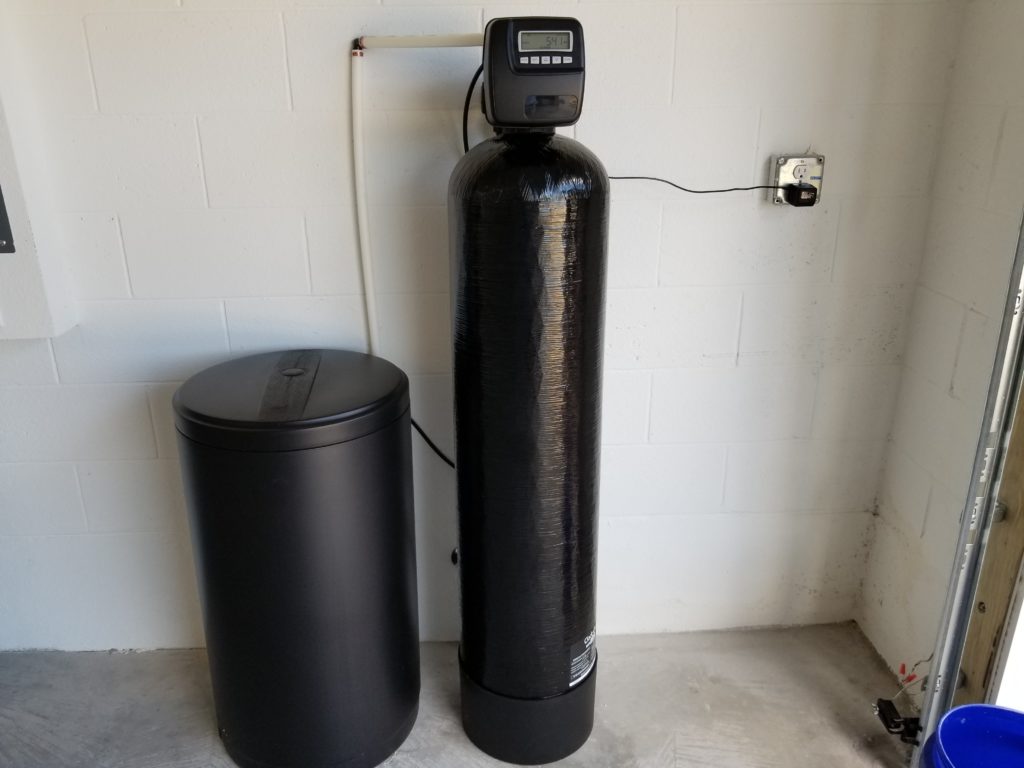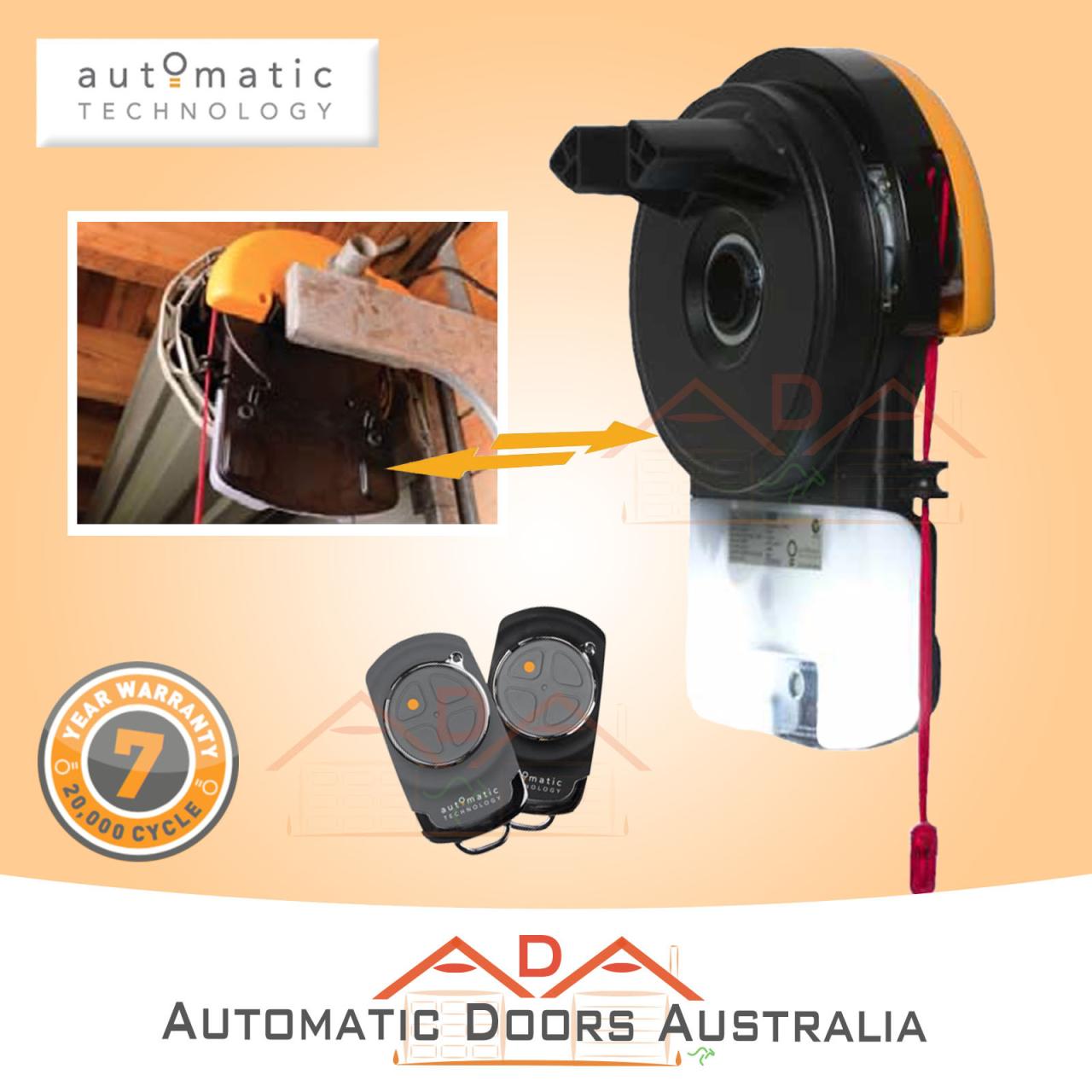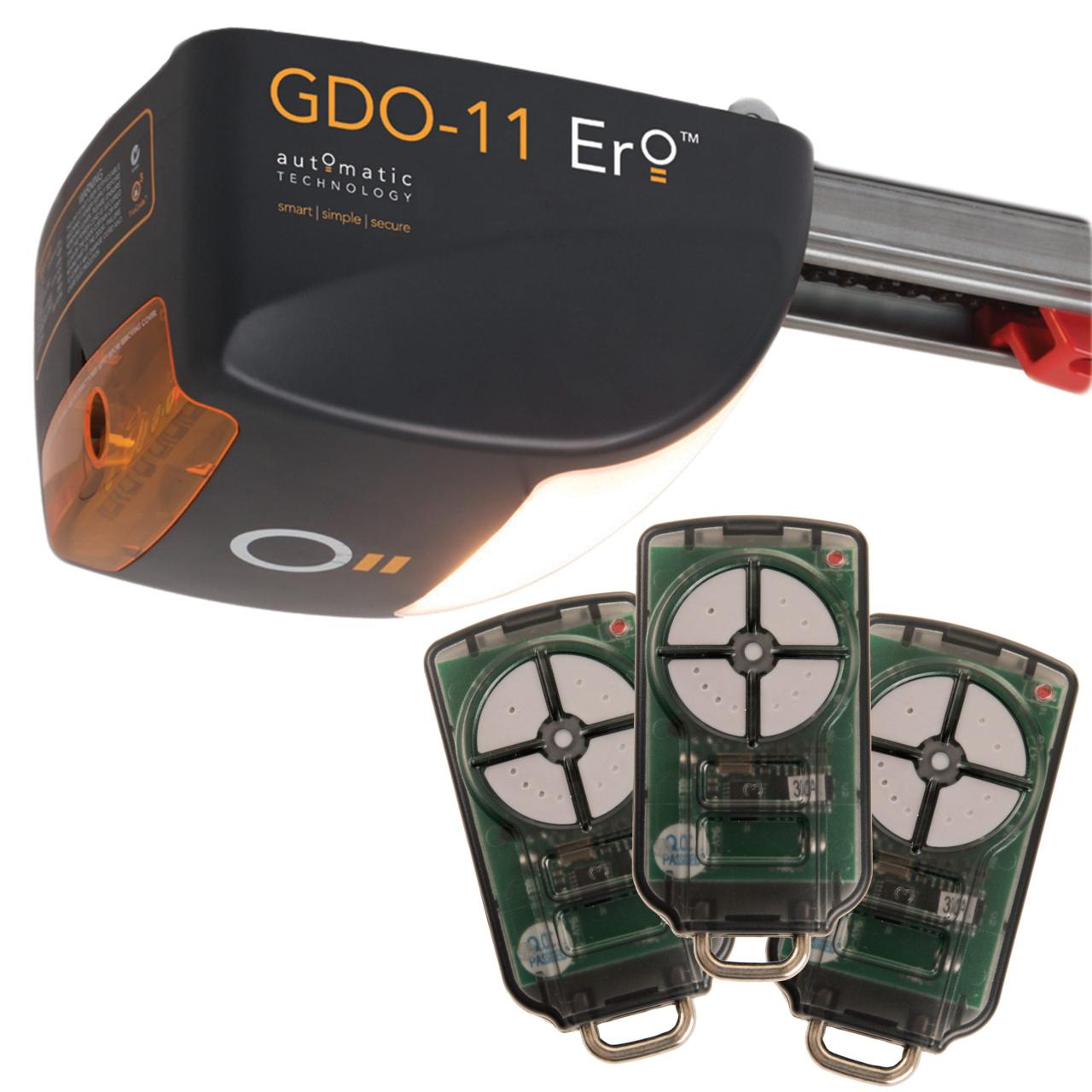Water Technologies Water Softener Manual: Your Guide to Soft Water
Water Technologies Water Softener Manual delves into the world of water softeners, providing a comprehensive guide to understanding, installing, and maintaining these essential appliances. This manual is your one-stop resource […]

Water Technologies Water Softener Manual delves into the world of water softeners, providing a comprehensive guide to understanding, installing, and maintaining these essential appliances. This manual is your one-stop resource for learning about the benefits of soft water, exploring different softener technologies, and navigating the complexities of installation and operation.
Whether you’re a homeowner looking to improve your water quality or a professional seeking in-depth knowledge, this manual offers valuable insights and practical advice. From understanding the purpose of water softeners to troubleshooting common issues, this guide equips you with the knowledge needed to make informed decisions and optimize your water softener’s performance.
Installation and Setup: Water Technologies Water Softener Manual
Installing your new water softener is a straightforward process that can be completed with a few basic tools and some simple steps. This section provides a step-by-step guide to help you install your water softener correctly and efficiently.
Necessary Tools and Materials
The tools and materials required for installation will vary slightly depending on the specific model of water softener. However, you will generally need the following:
- A set of wrenches (adjustable and pipe wrenches)
- A drill with appropriate drill bits
- A level
- Teflon tape
- Pipe cutters (if necessary)
- A drain hose (if not included with the softener)
- A bypass valve (if not included with the softener)
- A water softener salt (for regeneration)
It is crucial to ensure that all tools and materials are compatible with your specific water softener model. Consult the user manual for specific requirements.
Connecting the Softener to the Plumbing System
Connecting your water softener to the plumbing system involves several steps:
- Locate the main water supply line: Identify the main water supply line that enters your house. This is usually located in the basement or utility room.
- Turn off the main water supply: Before working on the plumbing system, always turn off the main water supply valve. This will prevent any water leaks during the installation process.
- Install the bypass valve: Install the bypass valve in the main water supply line. The bypass valve allows you to temporarily bypass the water softener for maintenance or repairs.
- Connect the water softener to the bypass valve: Connect the water softener to the bypass valve using appropriate fittings and plumbing connections. Ensure all connections are tight and secure to prevent leaks.
- Connect the drain hose: Connect the drain hose from the water softener to a suitable drain point, such as a floor drain or a drain pipe. This hose carries the brine water from the regeneration process.
- Install the salt tank: Install the salt tank according to the manufacturer’s instructions. The salt tank should be placed in a convenient location, and the salt should be easily accessible.
- Turn on the water supply: Once all connections are secure, slowly turn on the main water supply valve and check for any leaks.
Flowchart Illustrating the Installation Process
This flowchart illustrates the steps involved in installing a water softener, providing a visual guide for the installation process.
Operating Your Water Softener

Congratulations on installing your new water softener! Now that your system is set up, you’re ready to experience the benefits of soft water. This section will guide you through the operation of your water softener, explaining its various settings, controls, and maintenance procedures.
Understanding Your Water Softener’s Controls
Your water softener features several controls that allow you to adjust its operation to meet your specific needs. These controls typically include:
- Hardness Setting: This control determines the desired hardness level of your water. The hardness setting is measured in grains per gallon (gpg) and is typically adjustable within a range of 0 to 20 gpg. Lower settings produce softer water, while higher settings allow for a slightly harder water.
- Regeneration Cycle: This setting controls the frequency of the regeneration cycle. Regeneration is the process by which the softener removes accumulated minerals from its resin bed. The regeneration cycle can be set to occur on a specific day of the week or at a specific time interval.
- Salt Level Indicator: This indicator shows the amount of salt remaining in the brine tank. When the salt level is low, the indicator will alert you to refill the tank.
- Bypass Valve: This valve allows you to temporarily bypass the softener. This can be useful if you need to use hard water for a specific purpose, such as watering plants.
Adjusting Water Hardness Levels
The hardness setting on your water softener determines the amount of minerals left in your water. To adjust the hardness level, follow these steps:
- Locate the hardness setting control on your softener. It is typically a dial or a series of buttons.
- Consult your owner’s manual for specific instructions on how to adjust the hardness setting. The manual will provide a range of acceptable hardness levels for your system.
- Set the desired hardness level using the control. Remember that lower settings result in softer water.
Regenerating Your Water Softener
Regeneration is a crucial process that restores the softening capacity of your system. During regeneration, the softener uses salt to remove accumulated minerals from its resin bed. The frequency of regeneration depends on your water usage and the hardness setting.
- Manual Regeneration: Some softeners allow for manual regeneration. This option is useful if you need to regenerate the system immediately, for example, after a period of heavy water usage.
- Automatic Regeneration: Most softeners have an automatic regeneration feature. The system will automatically initiate regeneration based on your settings, such as the time interval or the amount of water used.
Understanding Different Operating Modes, Water technologies water softener manual
Water softeners often offer various operating modes to optimize their performance and efficiency. Here’s a comparison of common operating modes and their features:
| Operating Mode | Features |
|---|---|
| Standard Mode | This is the default mode for most softeners. It uses a pre-programmed regeneration cycle based on your settings. |
| Demand Mode | This mode initiates regeneration only when the softener detects a significant decrease in its softening capacity. This is often used in homes with fluctuating water usage patterns. |
| Low Flow Mode | This mode reduces the amount of water used during regeneration. It is particularly useful in areas with limited water supply. |
Water Softener Technologies
Water softeners utilize various technologies to remove hardness-causing minerals like calcium and magnesium from water. These technologies differ in their effectiveness, environmental impact, and cost. Understanding the different technologies will help you choose the most suitable water softener for your needs.
Comparison of Water Softener Technologies
Water softening technologies can be broadly categorized into ion exchange, reverse osmosis, and other methods. Each method has its advantages and disadvantages, which are crucial to consider when choosing a water softener.
- Ion Exchange: This is the most common technology used in residential water softeners. It involves using a resin bed containing sodium ions. As hard water passes through the resin bed, the calcium and magnesium ions are exchanged for sodium ions, softening the water.
Ion exchange is a reversible process, meaning the resin bed can be regenerated by flushing it with a concentrated salt solution.
- Reverse Osmosis: This technology uses a semi-permeable membrane to filter out impurities, including hardness minerals, from water. Water is forced through the membrane under pressure, leaving behind the dissolved minerals.
Reverse osmosis is highly effective at removing a wide range of impurities, including hardness minerals, but it is also more expensive than ion exchange.
- Other Methods: There are other less common water softening technologies, such as:
- Calcite Filtration: This method uses calcite media to reduce hardness by precipitating calcium and magnesium ions as calcium carbonate.
Calcite filtration is less effective than ion exchange and reverse osmosis, but it is a more environmentally friendly option.
- Magnetic Water Treatment: This method claims to soften water by using magnets to alter the structure of calcium and magnesium ions, preventing them from forming scale.
The effectiveness of magnetic water treatment is debated, and there is limited scientific evidence to support its claims.
- Calcite Filtration: This method uses calcite media to reduce hardness by precipitating calcium and magnesium ions as calcium carbonate.
Advantages and Disadvantages of Water Softener Technologies
Each water softener technology has its own set of advantages and disadvantages:
- Ion Exchange:
- Advantages: Effective at removing hardness minerals, relatively inexpensive, readily available, and easy to maintain.
- Disadvantages: Requires salt regeneration, increases sodium content in water, not effective at removing other impurities, and can contribute to environmental pollution if salt is not disposed of properly.
- Reverse Osmosis:
- Advantages: Highly effective at removing a wide range of impurities, including hardness minerals, produces high-quality water, and does not require salt regeneration.
- Disadvantages: Expensive to install and operate, requires regular maintenance, and produces a significant amount of wastewater.
- Calcite Filtration:
- Advantages: Environmentally friendly, does not require salt regeneration, and can reduce scale formation.
- Disadvantages: Less effective than ion exchange and reverse osmosis, requires frequent media replacement, and may not be suitable for all water hardness levels.
- Magnetic Water Treatment:
- Advantages: Inexpensive, easy to install, and does not require salt regeneration.
- Disadvantages: Effectiveness is debated, may not be suitable for all water hardness levels, and does not remove other impurities.
Environmental Impact of Water Softener Technologies
The environmental impact of water softener technologies is a crucial consideration, particularly in terms of salt usage and wastewater generation.
- Ion Exchange: The primary environmental impact of ion exchange softeners is salt usage. Salt is used to regenerate the resin bed, and excess salt can end up in wastewater and contribute to soil and water pollution.
- Reverse Osmosis: Reverse osmosis systems generate a significant amount of wastewater, which is often discharged into the sewer system. This wastewater can contain dissolved minerals and other impurities that can impact water quality.
- Calcite Filtration: Calcite filtration is considered the most environmentally friendly water softening technology. It does not require salt regeneration and does not produce significant amounts of wastewater.
- Magnetic Water Treatment: Magnetic water treatment has minimal environmental impact as it does not involve any chemical or physical processes that could harm the environment.
Visual Representation of Water Softener Technologies
[Here, a visual representation (infographic) would be included, comparing different water softener technologies based on their effectiveness, environmental impact, and cost. The infographic would visually highlight the advantages and disadvantages of each technology, helping users understand the key differences and make an informed decision.]
Last Recap
With a clear understanding of water softener technology and proper maintenance practices, you can enjoy the numerous benefits of soft water for years to come. This manual provides a solid foundation for navigating the world of water softeners, empowering you to make informed choices and optimize your water quality for a healthier and more comfortable lifestyle.
A water softener manual is a valuable resource for anyone looking to improve their water quality. It can guide you through the installation, maintenance, and troubleshooting of your system. If you’re looking for a company specializing in water technology solutions, consider checking out real time technologies llc.
They offer a wide range of products and services, including water softeners, that can help you achieve optimal water quality for your home.










